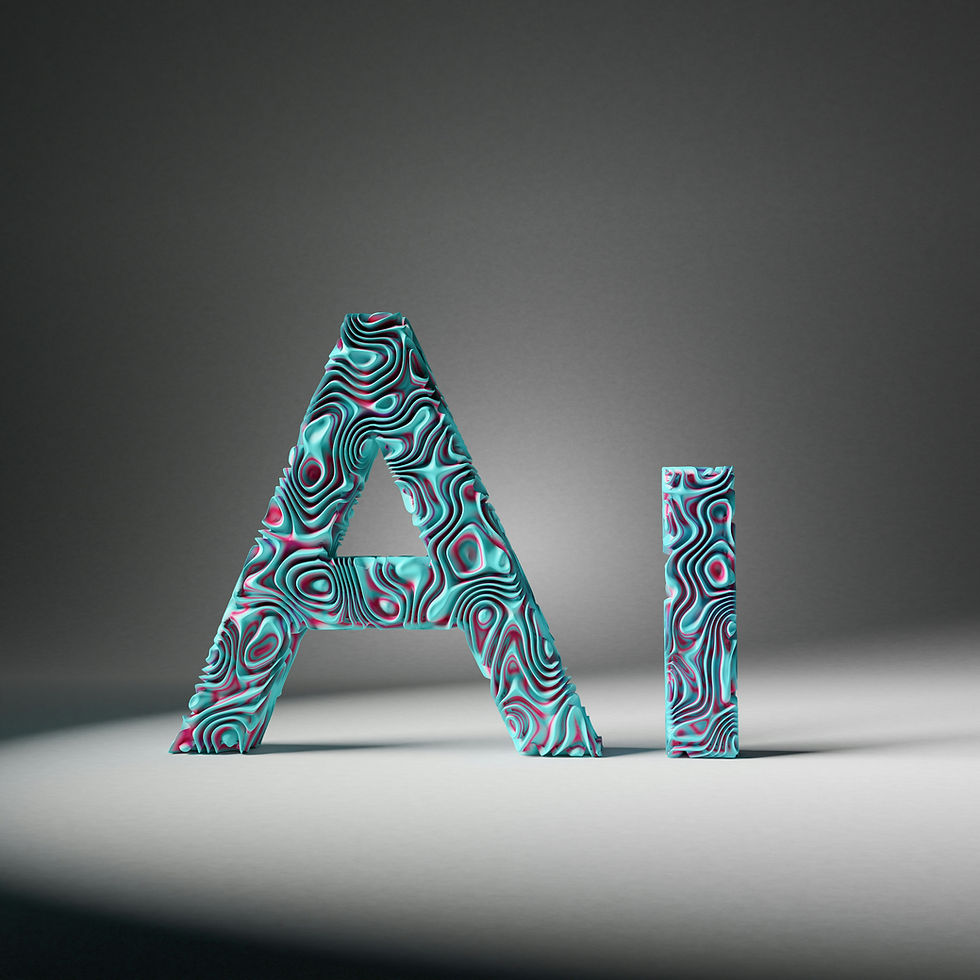The Enduring Power of Jingles
- Studio Voicenest Media
- Feb 11
- 4 min read
Why Catchy Tunes Still Stick in Our Heads

In a world saturated with advertising, it's harder than ever to cut through the noise. But some of the most memorable campaigns rely on a simple, yet powerful tool: the jingle.
Jingles are short, catchy songs used in advertisements to promote a product or brand. They often employ repetition, rhyme, and memorable melodies to embed themselves in the listener's mind. While some may dismiss them as cheesy or outdated, jingles remain surprisingly effective in today's marketing landscape.

The Psychology Behind Jingles
Jingles are effective because they combine music and repetition, two elements that enhance memory retention. When a melody is paired with a product’s name or slogan, our brains are more likely to store and recall that information later. This is due to the way music activates multiple areas of the brain, including those responsible for emotions, memory, and even motor functions. That’s why a great jingle can make a brand unforgettable.
Why Jingles Still Work:
● Earworms
Jingles are designed to be "earworms" – catchy tunes that get stuck in your head. This constant repetition increases brand recall and reinforces the message.
‘Washing Powder Nirma….Washing Powder Nirma’
For over four decades, the ‘Washing Powder Nirma’ jingle has been a cultural earworm in India. The lyrics of the jingle, "Washing Powder Nirma, Nirma," are simple and easy to remember, and the tune is upbeat and cheerful, helping it stick in people's minds. It didn’t matter what language you spoke, this jingle made its way into everyone’s mind through TV and radio. Over time, it became associated with cleanliness, freshness, and the everyday routine of washing clothes in Indian homes.
● Nostalgia
Many classic jingles evoke feelings of nostalgia. They transport us back to a simpler time, connecting the brand with positive memories and emotions.
‘Amul Dhudh Pita Hai India’
The "Amul Dhudh Pita Hai India" jingle is one of the most iconic advertisements in India, and it has been a part of the country's advertising history for decades.
The jingle is simple, catchy, and evokes a sense of trust and familiarity, making it a timeless part of Indian advertising. The rhythmic tone and catchy melody have made it memorable, and Amul's use of this jingle helped it become synonymous with milk in the Indian market.
● Simplicity
Jingles are often short and concise, making them easy to remember and understand. This is crucial in today's fast-paced world where attention spans are short.
‘Googly Woogly Woosh’
The "Googly Woogly Woosh" jingle from Pond’s is one of the most playful and catchy advertisements in Indian advertising history. The jingle became an instant hit thanks to its fun, quirky lyrics and upbeat music making it easy for viewers to sing along, creating a sense of nostalgia and lasting brand recall.
It was designed to capture the essence of freshness and youthful energy, positioning ‘Pond’ as a product that brings joy and a feeling of refreshment.
Overall, the "Googly Woogly Woosh" jingle remains a fun part of India's advertising history, and even years later, many people still remember and hum its catchy tune!
● Emotional Connection
Effective jingles tap into emotions, whether it's joy, excitement, or a sense of comfort. This emotional connection strengthens the brand-consumer bond.
‘Zindagi Ke Sath Bhi, Zindagi Ke Baad Bhi’
The "Zindagi Ke Sath Bhi, Zindagi Ke Baad Bhi" jingle from Life Insurance Corporation of India (LIC) is one of the most iconic and emotional jingles in Indian advertising. This jingle emphasizes the security and peace of mind that LIC provides, not just during life but even after.
The soothing, thoughtful tune combined with the powerful lyrics has made it resonate deeply with people, evoking a sense of reliability and assurance.
This jingle has become synonymous with LIC's long-standing legacy of trust, and the sentiment it evokes continues to be a key part of the brand's identity, reminding people of the importance of securing their family's future with LIC.
Examples of Iconic Jingles:
Bajaj - “Buland Bharat Ki Buland Tasveer, Humara Bajaj”
Fevicol - “Fevicol Ka Jod Hai Tootega Nahi”
Lijjat Papad - “Karram Kurram”
Vicco Turmeric - “Vicco Turmeric, Nahin Cosmetic”
Pepsi - “Yeh Dil Maange More”
Hero Honda - “Desh Ki Dhadkan”
Santoor - “Santoor. Santoor”
Vicks - “Vicks Ki Goli Lo, Khich Khich Door Karo”
Cadbury Dailry Milk - “Kuch Meetha Ho Jaye”
The Future of Jingles
While the landscape of advertising has evolved, jingles are not relics of the past. Many brands are creatively reimagining jingles for the digital age, incorporating them into social media campaigns, online videos, and even interactive experiences.
Jingles may be short, but their impact is undeniable. By effectively leveraging music, emotion, and repetition, these catchy tunes continue to capture our attention and leave a lasting impression.

The Modern Role of Jingles
In today’s digital age, brands are adapting their musical marketing strategies. While traditional jingles still exist, companies are also using original songs, trending sounds on platforms like TikTok, and collaborations with musicians to keep their advertising fresh and engaging.





Comments